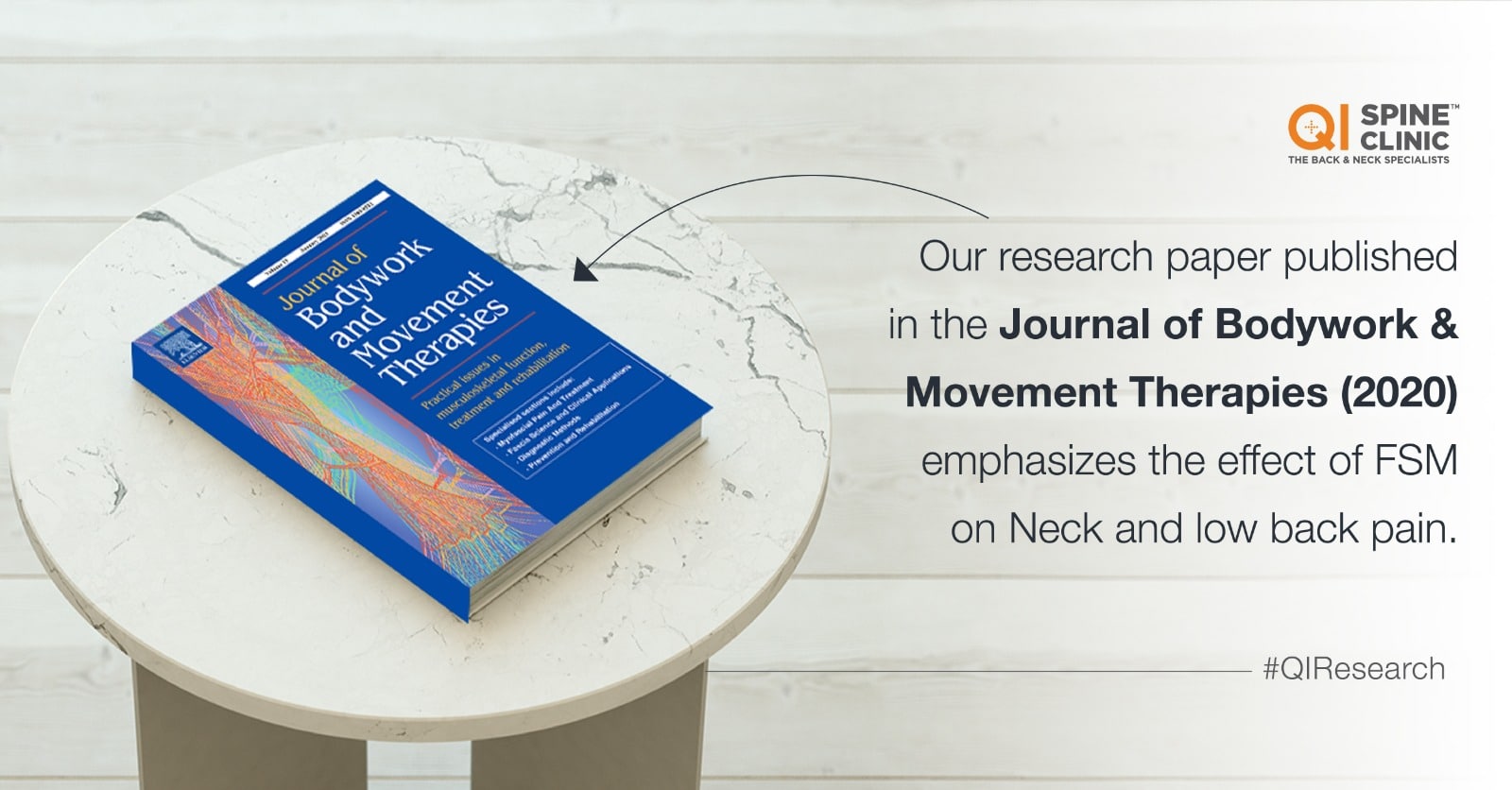Request Appointment
Enter your details and we will be in touch with you shortly;
Or call
8655885566
between 8 am and 8 pm.


Electrophysical modalities such as transcutaneous electrical nerve stimulation (TENS), interferential current stimulation, diadynamic current stimulation, and high-voltage electrical stimulation are used for pain management in patients with musculoskeletal conditions (Almeida et al., 2018; Rajfur et al., 2017; Gibson et al., 2019; Logan et al., 2017; White et al., 2017). However, the evidence is lacking in the literature about the efficacy of such modalities on acute or chronic low back pain (LBP) or neck pain (NP). A recent systematic review and meta-analysis reported inconclusive evidence of benefits of TENS in patients with low back pain patients due to the low quality of studies available in the literature (Resende et al., 2018). However, another systematic review which analyzed 700 patients, reported that although TENS does not improve symptoms of lower back pain, it may offer short-term improvement of functional disability (Wu et al., 2018).
Frequency-specific microcurrent (FSM) is an electrophysical modality used in pain management that delivers very low-intensity electric current to tissues within the microampere (μA) range, approximately 1000 times lower than the current intensity used in TENS (McMakin, 2011, 2017). Microcurrent application is based on the principle that a current closer to the cellular current of the body can overcome electrical resistance of injured or inflamed tissue, restore cellular homeostasis, and facilitate tissue regeneration in contrast to TENS which primarily works by blocking the transmission of pain signals (McMakin, 2011, 2017). Although the mechanism of action of FSM is not yet clear, these microcurrents of physiological amperage when delivered to damaged or inflamed tissues is said to alter cell membrane function, reduce inflammation, and promote healing by maintaining intracellular Ca2+ homeostasis and upregulating ATP production (McMakin, 2011; Kwon et al., 2014; Fujiya et al., 2015; Lambert et al., 2002).
Although previous studies have reported the efficacy of microcurrent in improving muscle function in musculoskeletal conditions such as delayed onset muscle soreness, congenital muscular torticollis, spastic myocontracture in cerebral palsy, and age-related muscle weakness (Lambert et al., 2002; Curtis et al., 2010; Kim et al., 2009; Mäenpää et al., 2004; Kwon et al., 2017), literature is lacking on the effect of FSM application on pain and disability in patients with LBP or NP. Hence, this study aimed to determine the efficacy of adjuvant FSM application on pain and disability in patients treated with physical rehabilitation for LBP and NP. We hypothesized that the use of adjuvant FSM application in patients treated with physical rehabilitation for LBP and NP will significantly improve pain and disability when compared to patients where FSM is not used.
In this retrospective analysis, electronic records of routinely collected data from all patients treated for low back pain (LBP) and neck pain (NP) at 3 outpatient clinics specializing in spine rehabilitation (QI Spine Clinic, Pune) from October 2016 to January 2019 were analyzed. The inclusion criterion was all patients with LBP or NP, more than 20 years of age, who underwent physical rehabilitation treatment at our clinics. The exclusion criteria were patients with inflammatory conditions
The baseline characteristics of the 213 patients in the FSM group and 78 patients in the control group are compared in Table 1. The mean age (p = 0.15), mean BMI (p = 0.83), gender ratio (p = 0.88), anatomical case type (p = 1.00), lifestyle (p = 0.43), presence of night pain (p = 0.88), diagnosis based on MDT (p = 1.00), response to movement testing (p = 1.00), mean treatment duration (p = 0.85) and the mean number of treatment sessions done by the patients (p = 1.00) were not significantly
The results of this study show that the use of adjuvant FSM therapy along with an active rehabilitation protocol significantly reduced pain and disability when compared to patients treated with active rehabilitation protocol alone for low back pain. However, the addition of FSM did not appear to significantly affect clinical outcomes of pain and disability in patients with neck pain.
The effectiveness of FSM application in patients with other musculoskeletal conditions has been previously
The use of adjuvant FSM application in patients treated with physical rehabilitation for low back pain significantly improved pain and disability when compared to patients where FSM was not used. Frequency specific microcurrent therapy could be a useful adjuvant in the rehabilitation treatment of patients with low back pain.
Gautam M Shetty: Conceptualization, Methodology, Data Analysis, Manuscript writing and editing.
Pallavi Rawat: Conceptualization, Data collection and curation, Reviewing final manuscript
Anjali Sharma: Data collection and curation, Reviewing final manuscript.
This research did not receive any specific grant from funding agencies in the public, commercial, or not-for-profit sectors.
There are no conflicts of interest with any financial organization regarding the material discussed in the manuscript and this research did not receive any specific grant from funding agencies in the public, commercial, or not-for-profit sectors.
Visit our nearest clinic for your first consultation